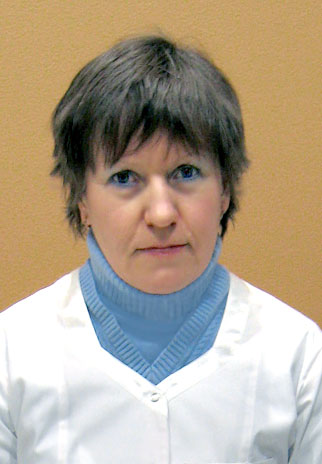Vivarium
The Vivarium was established as part of the Research Institute of Cardiology in 1991. In 2009, it was included into the Institute of Experimental Medicine. The Vivarium is an important division of the Institute. It provides housing and care for lab animals used in research and experimental work.
Vivarium Principles
In Vivarium we keep high SPF and genetic status animals (from Specified Pathogen Free, free from specified pathogens) of two types: mice (Mus musculus) and rats (Rattus norvegicus). The total area of the vivarium is 400 sq. m. The maximum number of animals at the Vivarium is up to 2,000 mice and 1000 rats simultaneously.
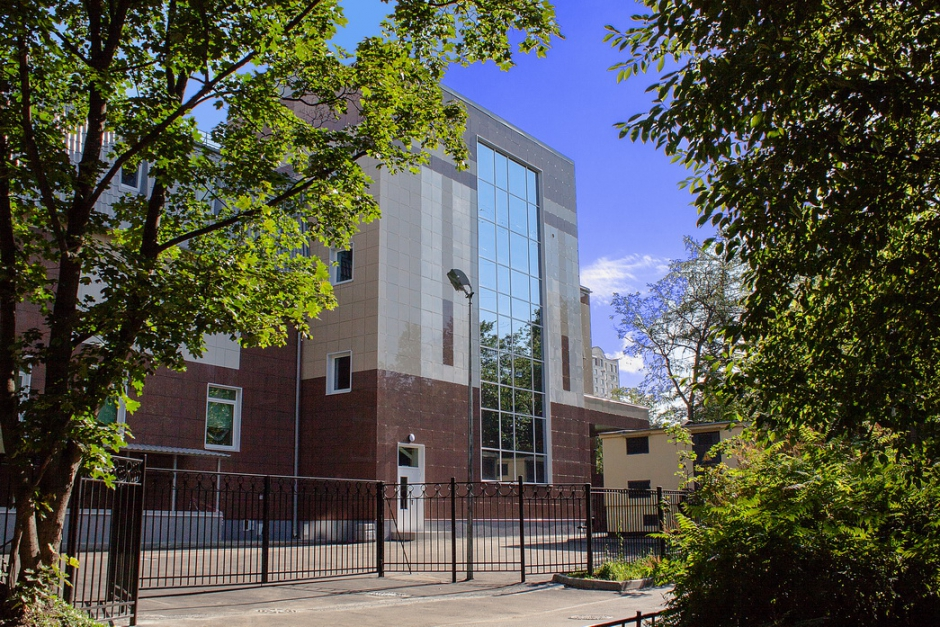
Institute of Experimental Medicine
To meet all the required technological and sanitary-hygienic conditions for keeping SPF animals, the Vivarium is organized according to the clean room principle with sanitary inspection. The sequestered sector includes: a clean hall, animal housing rooms, manipulation room, operating room for chronic experiments and a clean area of the washing and sterilization unit.
All the facilities comply with the sanitary-epidemiological and veterinary regulations. Air supplied to the animal facilities is exposed to two-stage cleaning and meets the 7th purity grade according to ISO. Biosafety level corresponds to ABSL-1 (minimal biological hazard). According to the classification adopted in the Russian Federation, the facility can work with microorganisms of the 4th pathogenicity group.
Al procedures are GLP-compliant. All research and animal care manipulations are performed according to the approved operating standards.
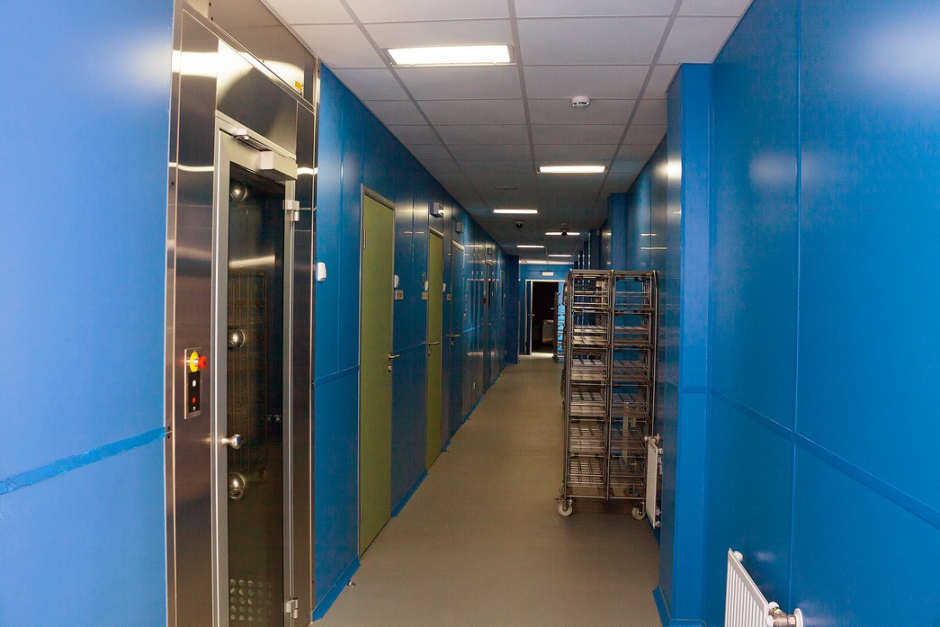
Clean hall
The barrier system of the working area is designed to ensure proper decontamination of the care-taking and research staff entering the clean area. Both water and air shower systems are used. It allows for safe passage of the staff beyond the barrier line in the event of an emergency in one of the stations. The barrier system is equipped with Tecniplast air shower for surface cleaning of clothing by directed air jets.
All materials (cages, feeders, nesting, food, etc.) enter the animal housing rooms only after cleaning, washing and sterilization. For this purpose, the washing/sterilization unit is equipped with the following:
- STERIVAP steam sterilizer (BMT Medical Technology, Czech Republic)
- 900 GP Cage and Rack Washer (IWT, Italy)
- VHP 1000ED vapor hydrogen peroxide generator for dry sterilization of electronic devices and large equipment (Biodecontamination system Steris, Finland)
- Bedding disposal station (Tecniplast, Italy)
- Feeder filling and emptying station (Tecniplast, Italy)
- Washing machines and dryers (Miele, Germany)
All experimental studies at the Vivarium are carried out by the researchers of the Institute of Experimental Medicine as well as specialists of research laboratories conducting research associated with experiments on laboratory animals.
Main types of studies:
- Aseptic surgery in chronic experiment
- Full description of the cardiovascular system function in health and disease
- Evaluation of acute and chronic toxicity of pharmaceutical ingredients and drugs (monitoring, biochemistry, pathology)
- Evaluation of specific activity of pharmaceutical ingredients with direct effects on circulatory system
- Evaluation of special toxicity types
Animals come to the Vivarium only from certified animal breeding facilities that comply with all international requirements and ensure health and proper genetic status of purchased animals. The veterinarian looks after their health and living conditions. The health monitoring system is in place to maintain and confirm the SPF status of laboratory animals. The animal health monitoring system is a set of clinical, laboratory and diagnostic procedures and includes internal and external monitoring. The internal monitoring programme involves regular inspection by a veterinarian and recording of physiological parameters. External monitoring of animal health is a set of routine diagnostic measures including bacteriological, serological, parasitological and pathological studies.
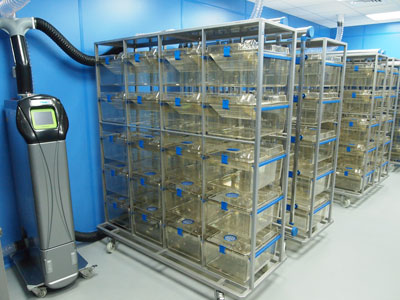
Lab animal room, cages |
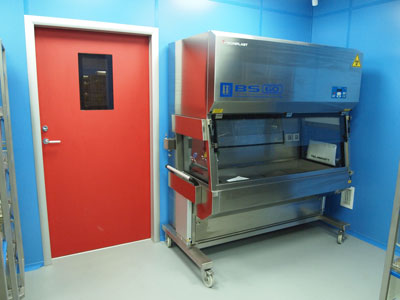
Lab animal room |
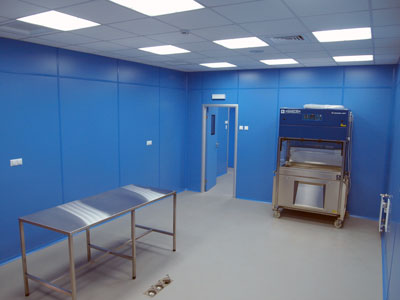
Operational room |
All Vivarium animals are kept in individually ventilated cages of ISO class 5. This system creates a barrier at each cage and protects animals from microorganisms, while maintaining a constant microclimate in cages by reducing fluctuations in temperature and humidity and preventing cold air drafts. Furthermore, it significantly reduces the spread of allergens from animals.
Mice and rats are kept separately in order to avoid visual, olfactory and auditory contact between them. Animals are additionally provided with toys and materials for nesting, bedding and stocking food.
Dustless wood fillers with high adsorption properties are used for animals. For confirmation of the quality, all relevant documentation is available: material safety data sheet, certificate of analysis, data on microbiology and heavy metal testing.
Animals are fed with pelleted mixed feeds complying with international requirements and capable of meeting the animals' requirements in nutrients, minerals and vitamins.
Water for laboratory animals is purified by the RiOs 30 reverse osmosis system (Merck Millipore).

